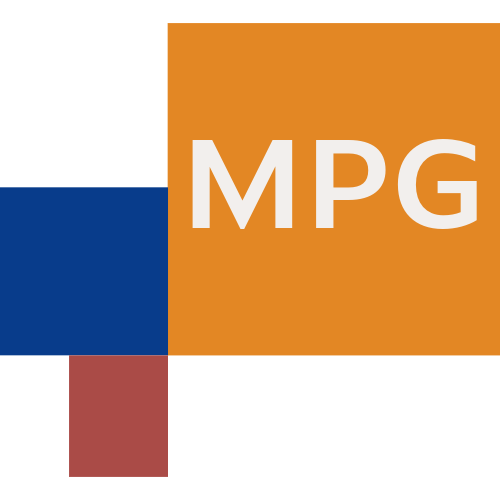menu
menu
Menu
cancel
- arrow_back_iosBacknavigate_nextpersonPersonal
- groupCommunities
- articleBlogs
- eventEvents
- sourceTemplates
- question_answerQuestions
- schoolLearning
- business_centerBusiness
- live_helpFAQ
- This question investigates the landscape of regulatory frameworks—like the Basel Accords for banks or Dodd-Frank Act in the U.S.—designed to ensure stability in the financial system. It also c...
- This question examines how different forms of financial risk influence the decisions of investors and the ways they can use financial derivatives—such as options, futures, and swaps—to hedge a...
- This question explores the various categories of financial risk, such as market risk, credit risk, liquidity risk, and operational risk. It also delves into the strategies and tools, like dive...
**What are the main types of financial risk that businesses face and how can they be effectively managed?
What technologies and tools are currently available to enhance employee oversight, and how can organizations implement them without compromising employee morale and engagement?
How can organizations ensure that their employee oversight practices comply with privacy laws and regulations while still protecting company interests?
What are the most effective strategies for balancing employee oversight with fostering a culture of trust and autonomy in the workplace?
What are some key performance metrics that can be used to evaluate the effectiveness and efficiency of an audit or inspection process?
How can organizations effectively prepare for regulatory inspections to ensure compliance and minimize potential disruptions to operations?
What are the primary differences between an internal audit and an external audit, and how do these differences impact the objectives and outcomes of each?
